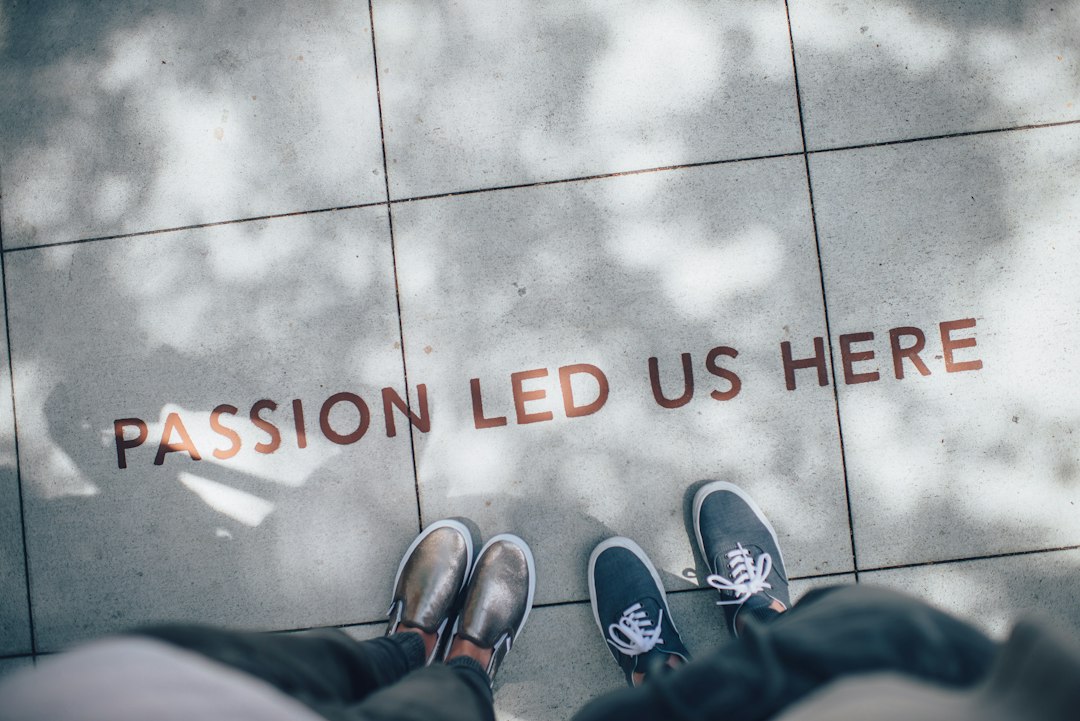Long exposure photography is a technique that has been around for many years, but has recently gained popularity due to its unique and captivating effects. This style of photography involves leaving the camera shutter open for an extended period of time, allowing more light to enter and create stunning images. Whether you are a beginner or an experienced photographer, learning the secrets of long exposure photography can take your work to the next level.
One of the most important aspects of long exposure photography is mastering the use of a tripod. Because the camera shutter is open for an extended period of time, even the slightest movement can result in a blurry image. By using a sturdy tripod, you can ensure that your camera remains stable throughout the exposure, resulting in sharp and clear photos. Additionally, using a remote shutter release or self-timer can further reduce the risk of camera shake and produce better results.
Another key element of long exposure photography is controlling the amount of light that enters the camera. This can be achieved by adjusting the aperture, ISO, and shutter speed settings on your camera. By using a small aperture (such as f/22), you can reduce the amount of light entering the camera, allowing you to achieve a longer exposure time. Similarly, lowering the ISO setting can help reduce image noise, resulting in cleaner and more detailed photos.
Experimenting with different shutter speeds is essential when it comes to long exposure photography. While there is no set formula for the perfect exposure time, it is generally recommended to start with a shutter speed of around 30 seconds and adjust as needed. By experimenting with different shutter speeds, you can create a variety of effects, from smooth and dreamy waterfalls to streaks of light in nighttime cityscapes.
In addition to technical considerations, composition also plays a crucial role in long exposure photography. By carefully framing your shot and paying attention to details such as leading lines, symmetry, and contrast, you can create visually compelling and dynamic images. Furthermore, incorporating elements of movement, such as flowing water or moving clouds, can add a sense of depth and drama to your photos.
As you continue to refine your long exposure photography skills, consider seeking out new locations and subjects to capture. Whether you are photographing landscapes, architecture, or even people, the possibilities are endless. From serene seascapes to bustling city streets, each scene offers a unique opportunity to experiment with long exposure techniques and create one-of-a-kind images.
If you are looking to further enhance your photography skills, consider exploring the world of digital photo booth rental near me. These services can provide you with access to state-of-the-art equipment and knowledgeable professionals who can help you achieve stunning results. By incorporating the secrets of long exposure photography into your repertoire, you can take your images to new heights and create truly unforgettable photos.

